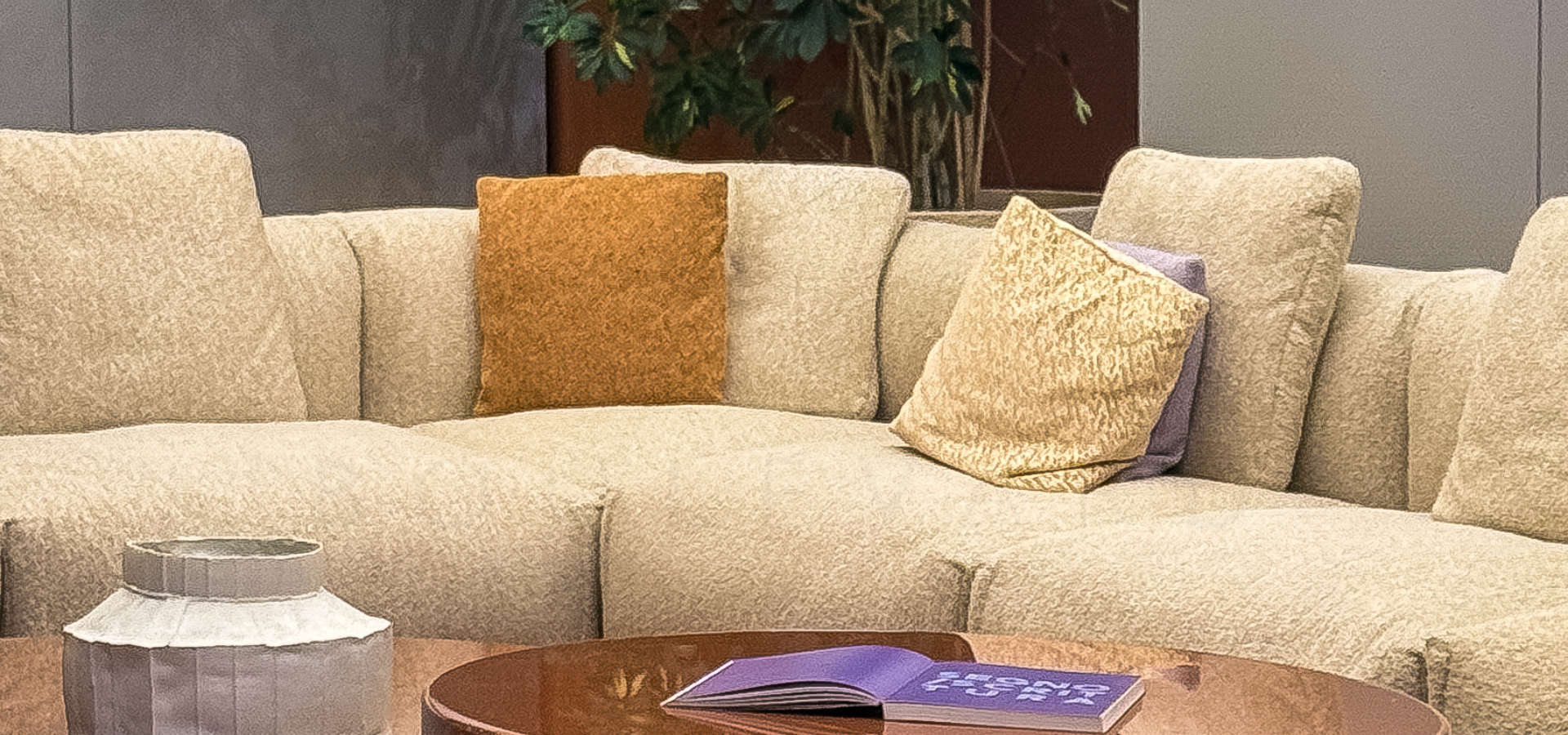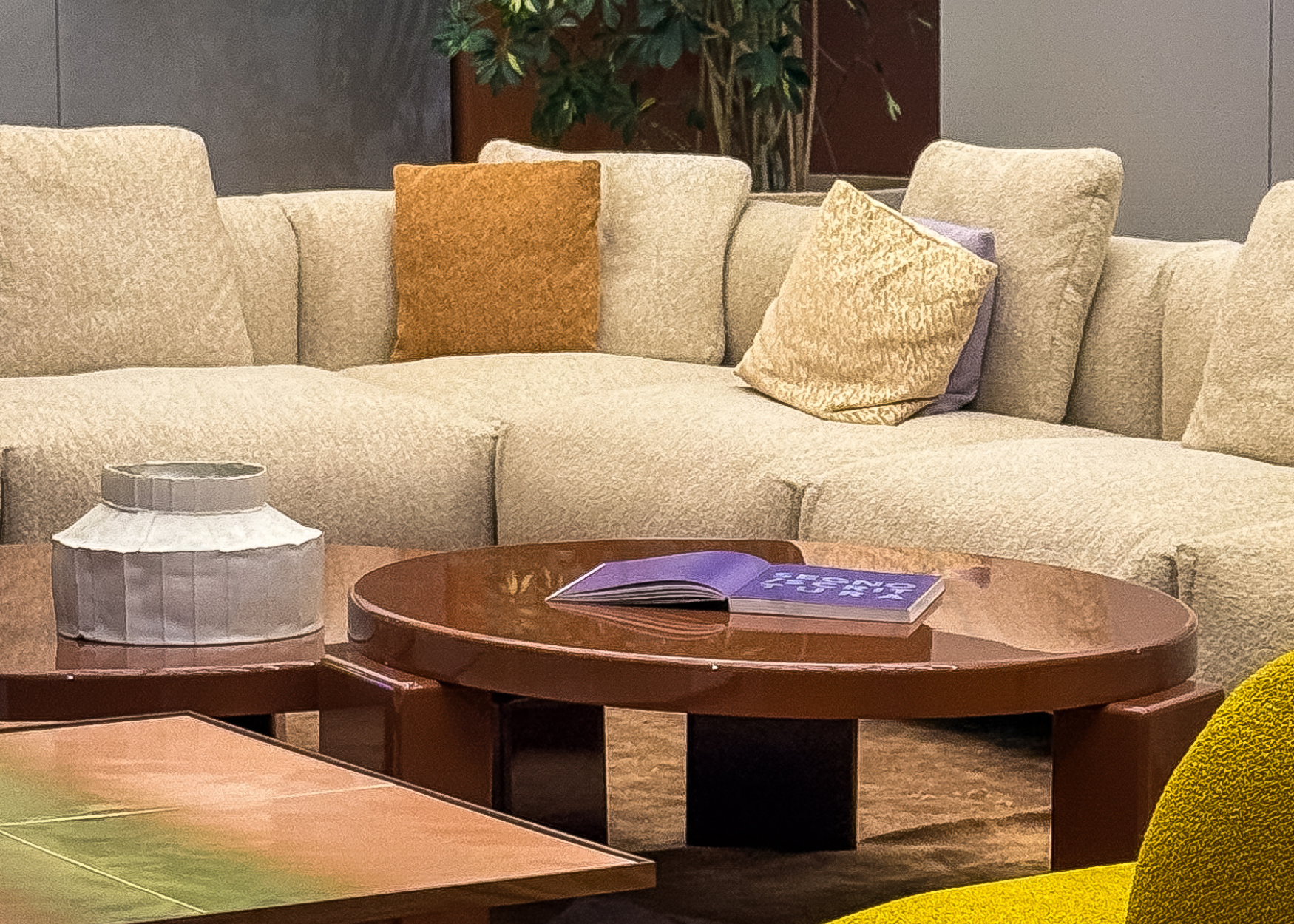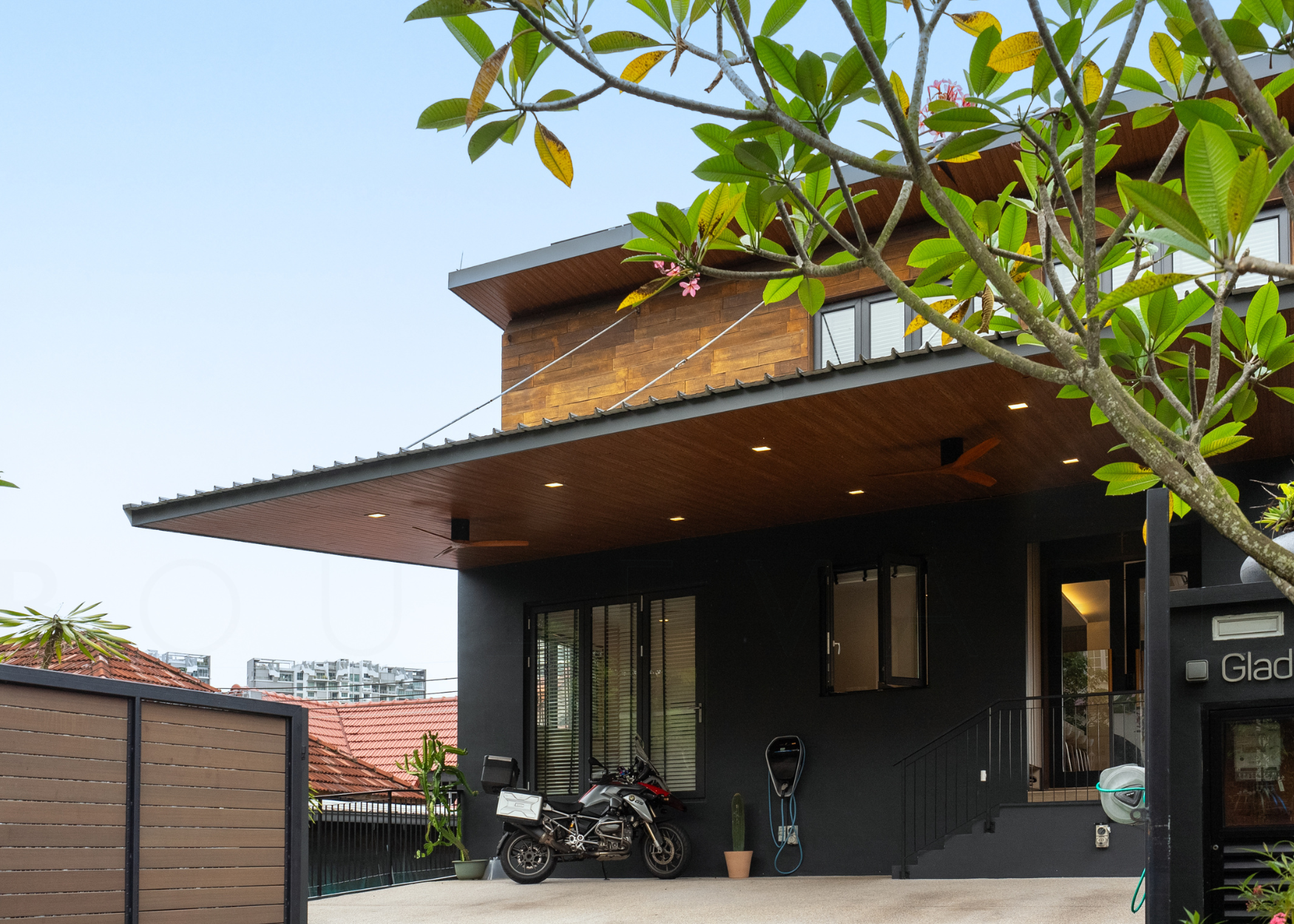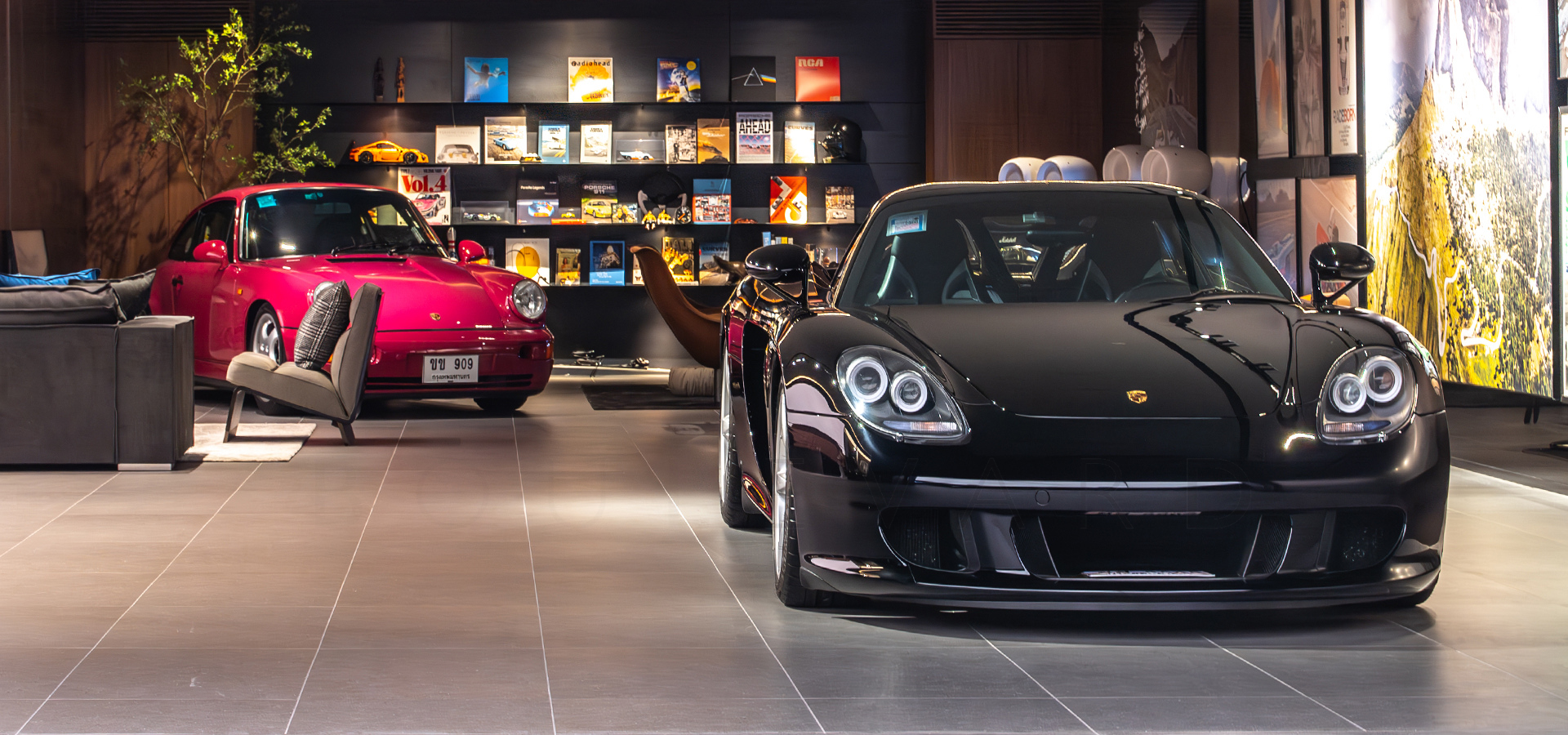The interview: Patrizia Moroso on exquisite design creations—and jumping on furniture
by Hamish McDougall
Photography by Jin Cheng Wong
Milan Design week presents, inevitably, a brilliant if indefatigable succession of design statements and tantalisations: new and renewed visions of life and style; exquisite materiality; intricate craftsmanship; and (for the most part) sumptuous domestic comforts. But as the poised brand narratives—crafted almost as sensitively as the furniture—start to run together on viewing the fifth or fifteenth collection, it all becomes a bit of an amorphous if elegant blur.
Until you arrive at Moroso.
There are numerous design houses that aren’t afraid to splash out on a pop of colour, to push the form of familiar objects or play with their materiality. But Moroso takes it to another level, where design is less about sophistication and more about sheer fun. Embodying that spirit is Patrizia Moroso—daughter of founders Agostino and Diana, and the maison’s art director—who reclines with a dynamism that seems to encapsulate the brand’s high-energy luxuriation.

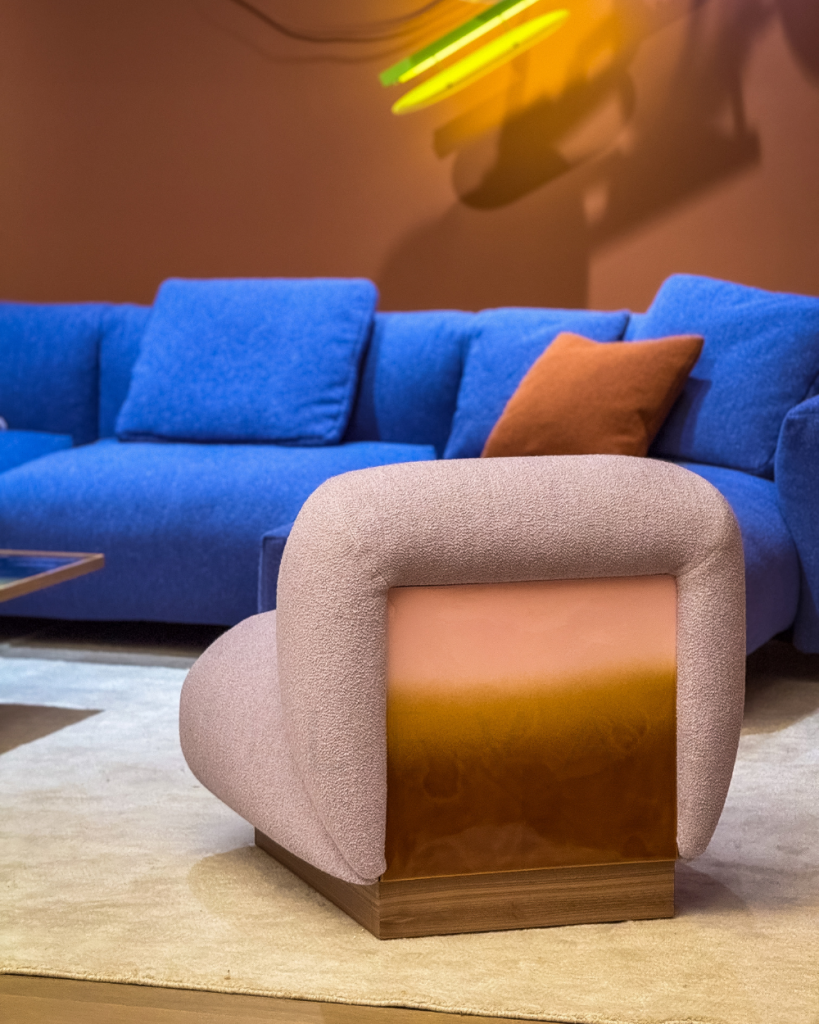
Left: Patrizia Moroso. Right: ‘Clay’ armchair by Zanellato/Bortotto. Top: ‘Cuadra-soft’ sofa by Patricia Urquiola.
“I think, over the years, we have developed something very personal,” says Moroso. “We try to do things that are deeply close to our world. And my favourite thing is to realise ideas that I find beautiful, that come from people like designers, artists, architects. I love things that have a spirit, a soul, a reason—that come from intense creativity, like art. And I love things that are inspired by totally different worlds: from architecture, of course, but also photography, painting, biology. The variety of beauty—that is everywhere.”
“I love things that are inspired by totally different worlds: from architecture, of course, but also photography, painting, biology. The variety of beauty that is everywhere.”
These diverse influences, and Moroso’s manifold understanding of beauty, translate into a babel of forms—stiff rectilinear tables setting off whimsical high-backed armchairs and voluptuous sofas—and a riot of colours interspersed with elegant woods, smoked glass and soft-hued neutrals. And everywhere, the tension—or delight?—in the brand’s juxtaposition of organic yet manufactured objects, that take on the shape of the natural world, of biology, perhaps, but also declare their own artisanry.
The ‘Gruuve’ sofa, by designer Patricia Urquiola, is emblematic: “The idea came from an art exhibition; they asked us to install some objects that didn’t have to have a function, but just to be beautiful. So Patricia started with a regular seating system. But you add the craziness, you add the art. And in the end, you have a sculpture. It’s not just a seating system. It’s a sculpture that you can install in any big space, and you can give to the space the quality that only art can give—surprise.”
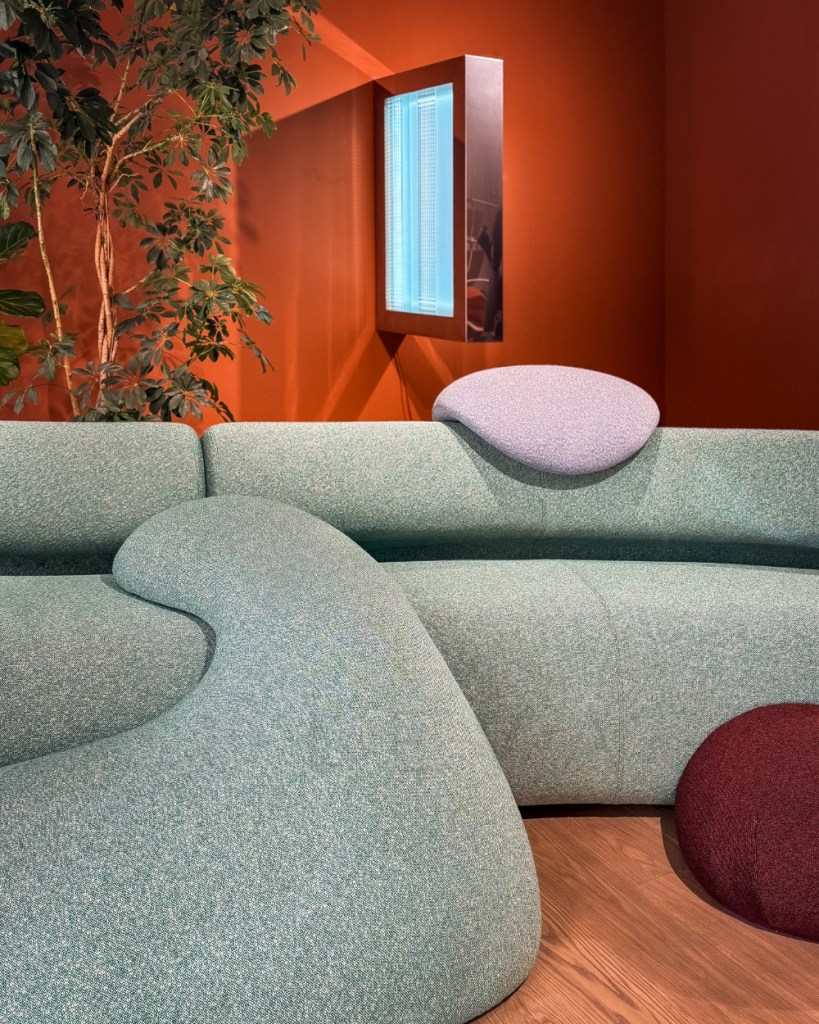

Left: ‘Gruuve’ sofa by Patricia Urquiola. Right: ‘Lakelet’ coffee table and ‘Pebble Rubble’ ottoman.
For all its insistence on form, fun and surprise, the brand is equally obsessed with craftsmanship. Indeed, inspiration also comes from materiality itself, and the renewal—even revival—of dying arts.
“We have some pieces with ceramics by a young design couple, Zanellato/Bortotto. We’ve been exploring a world of materials, in the old traditions, like little tables done with copper and glass enamel. It is such a precious thing, a Venetian technique, and was used until the 50s, more or less, but then they stopped because it’s so expensive,” says Moroso. “So we went to Venice and met the daughter of a family that has been doing glass for centuries. And they restarted that kind of manufacturing.
“The ‘Gruuve’ sofa is not just a seating system. It’s a sculpture that you can install in any big space, and you can give to the space the quality that only art can give—surprise.”
“The surprising thing was that the materials are so very expensive, so they have a certain cost, but still even so, we have sold a lot of them. Why? Because they are beautiful, and they are unique.
“They also do little tiles that are usually used in mosaics. And so we asked them to enlarge the tiles. You know, ‘How big is your oven?’ Okay—we’ll put the maximum dimensions in, to do a big tile. But it’s not just a tile. It’s a ceramic, and everything is done by hand. The material, the colour, the lacquer—and you only discover the final colour when it comes out of the oven—every time is a surprise. And this is fantastic.”
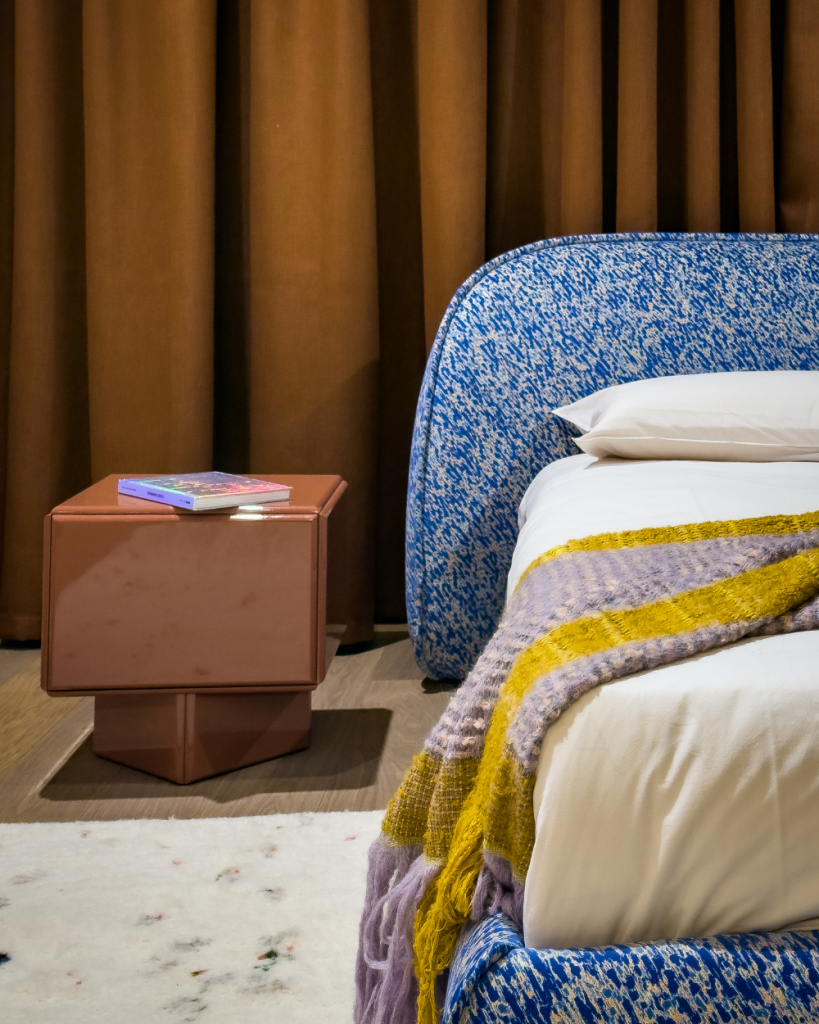
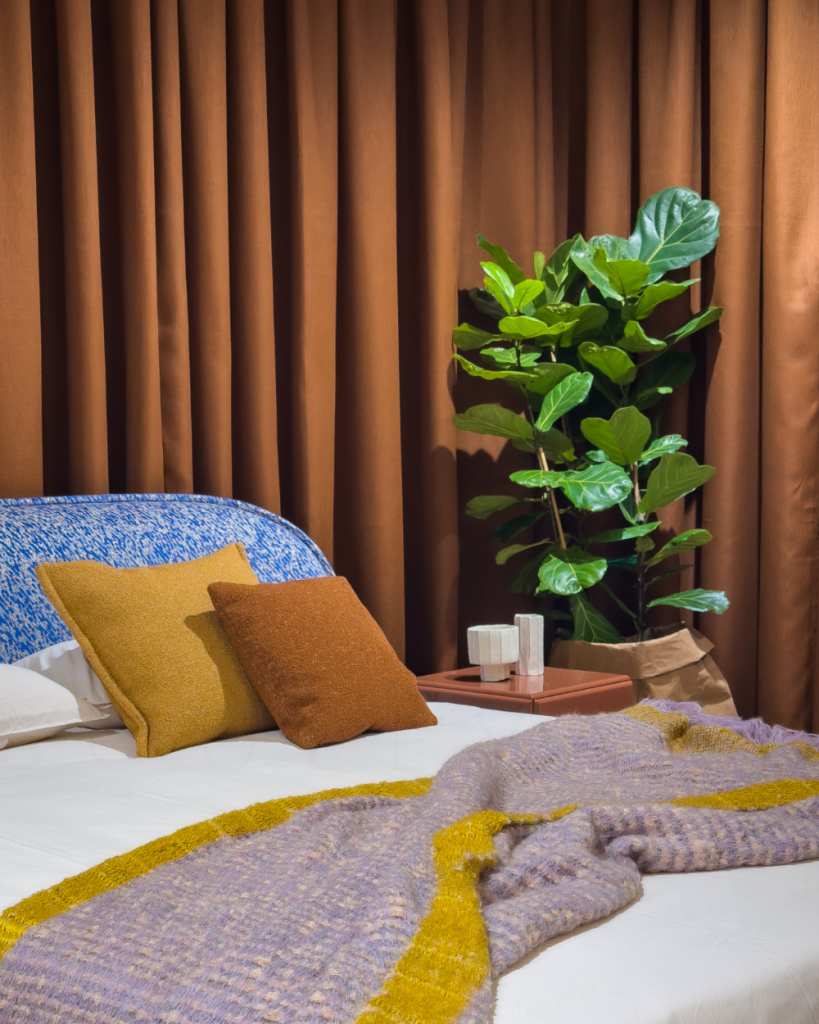
‘Sedona’ bedside table and bed by Patricia Urquiola.
For all this high design and exquisite craftsmanship—and, let’s not forget, the expense—the brand remains rooted not only in function and comfort, but also in fun: “I have three kids, and now I have grandsons, and they’re always jumping,” says Moroso. “And the sofa is not the sofa—it’s a house; it’s a toy; it’s a playful place. My boys would love that—the ‘Gruuve’ sofa. Because you move it and you change the shape. It’s an animal. ‘Oh, look, it’s a snake… It’s a seal.’ And that is exactly the idea.”
“We don’t think about marketing, or demand. We just try to do things that didn’t exist before.”
And all through our interview, Moroso, in her excitement, almost jumps off the electric-blue ‘Cuadra-Soft’ sofa; she swoons at the beauty of nature, of Australia, and of the blankety ‘7Plaids’ artworks by Elena Sanguankeo, wrought by artisans on flying-shuttle looms. Her eyes sparkle with the surprise colour of an oversized ceramic tile. And she seems ready to leap onto the ‘Gruuve’ sofa herself, perhaps grabbing, on the way, an exquisite, hand-woven ‘Plaid’ to serve in the construction of a little fort.
“We don’t think about marketing, or demand. We just try to do things that didn’t exist before,” says Moroso. “And yes, you have to have an idea of a company that is, say, solid; that is not crazy. But also—look at crazy as a possibility.”
This is part of a series of interviews conducted at Salone del Mobile—go further with the 2025 edition of the Milan Design Week.
Read next:
